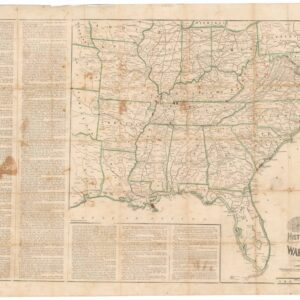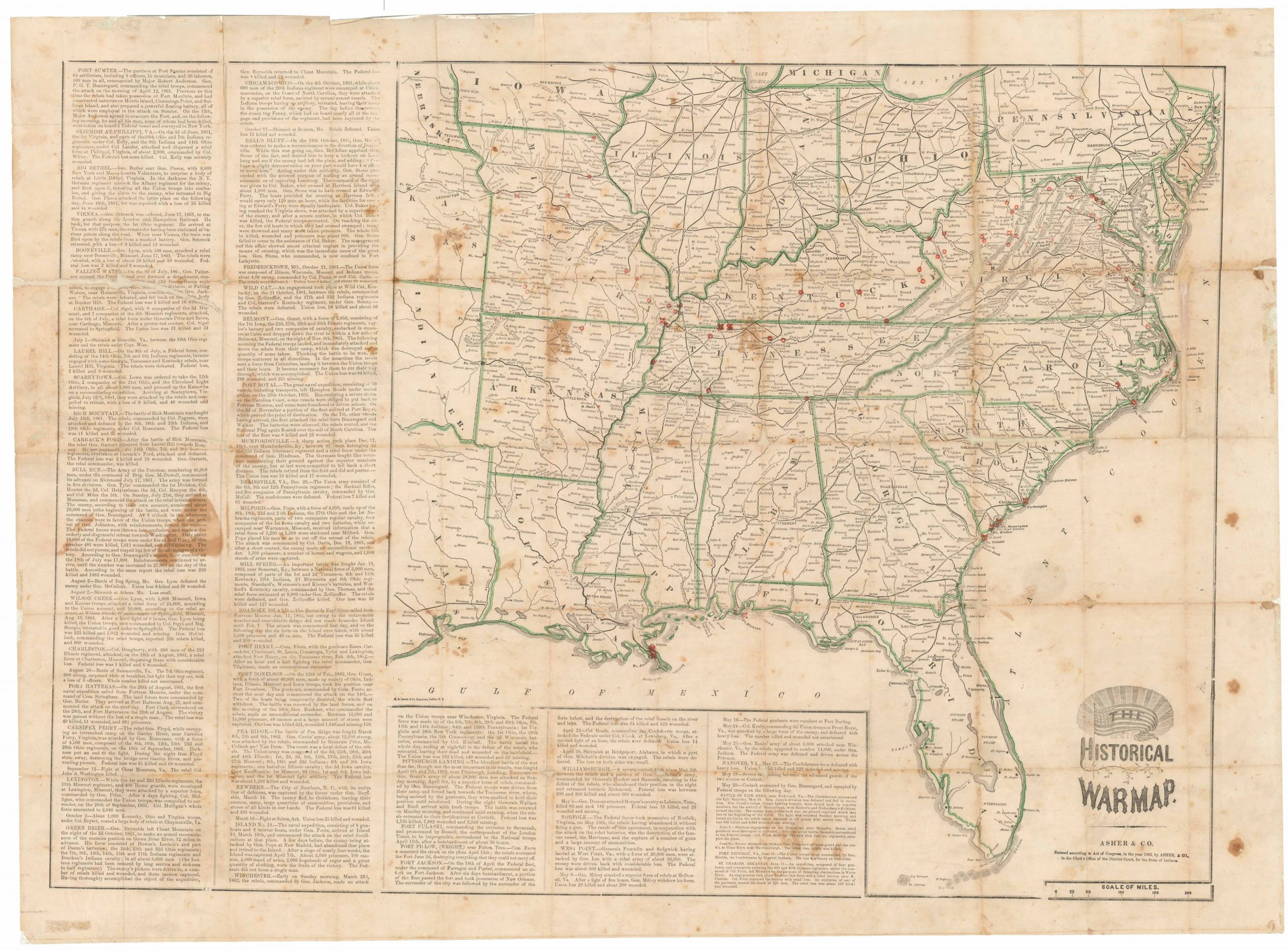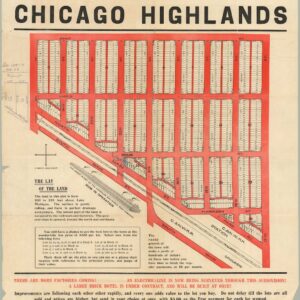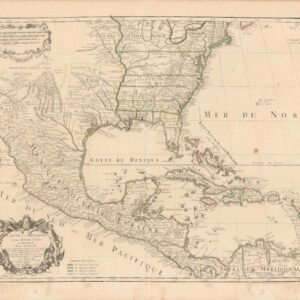Extremely rare first edition of the first map devoted to New England.
La Nuova Francia
Out of stock
Description
Giacomo Gastaldi’s La Nuova Francia is the first printed map giving the name “New France” to France’s new colonial claims in America. Starting with Francis I’s 1523 commission to Giovanni da Verrazzano to seek Cathay, and followed by Jacques Cartier’s exploration of the St. Lawrence Estuary and River, France had been exploring America. Beginning with Cartier’s last expedition in 1534, they attempted to settle the lands they had claimed, all the while developing trading relationships with the Native Americans. By the 1550s, the great wealth of the land in furs and the sea in fish were drawing more and more French (and other European) interest and activity.
The map is a beautifully decorated example by one of the great cartographers of the era, and it was included in the 1556 first printing of the third volume of Giovanni Battista Ramusio’s important Navigationi et Viaggi (Travels and Voyages), one of the first books to offer travelogues for commercial sale.
Ramusio was a civil servant for the Republic of Venice. As a young man at the beginning of the 16th century, he became secretary to the Republic’s ambassador to France, and he continued in civil service throughout his life. In this role, he traveled within Europe and communicated with people from all around Europe, giving him access to all the new reports of returning European explorers. In his later years, he compiled and reproduced these many reports of explorers into his famed Navigationi et Viaggi, which included one of the first printed copies of Marco Polo’s Travels, translated from the original Old French to Italian (in the second volume—which, today, is one of the oldest extant sources of Marco Polo’s story). Ramusio’s work, which, due to popularity, was reproduced in multiple editions and translated into several languages, was the first printed collection of descriptions of the world and explorations, a format of great popularity in Europe during the so-called Age of Exploration.
The original woodblock for this map of New France—the one used for this first state—was destroyed in a fire. A new woodblock was made and used for reprints of Navigationi et Viaggi again in 1565 and later in 1606. These second and third states of the map can be distinguished by the presence of weeping willow trees, especially in the lower left quadrant, and the third state can be distinguished by a number of blank spots caused by worm damage to the woodblock. The first state from the first printing of the 1556 volume does not show the willows.
Beyond a few recognizable names, the map bears little resemblance to the North American Atlantic Coast. The name “La Nuova Francia” or New France, is the most prominent name on the map. “Labrador” can be seen to the top right, and both “C de breton” and “C breton” appear at the lower right (which one is present-day Cape Breton is uncertain).
Among the notable features of the map is its depiction of New York Harbor, based on the reports of Giovanni da Verrazzano’s 1524 voyage in service of Francis I of France. In the lower left we see a peninsula labeled “Angoulesme”— the name used by Verrazzano after the hometown of King Francis. This is seemingly an early depiction of Manhattan, the rich island that became first New Amsterdam and then New York. Emptying into the harbor is a large river that is likely the Hudson.
Verrazzano’s voyage included visits to Newport Bay and Narragansett Bay—Port Real and Port du Refuge, respectively, on the map, and then, rounding Cape Cod, Verrazzano sailed to the south of Nova Scotia before returning to France.
The map contains many mysteries. The coast from New York to Cape Breton is shown running roughly east to west, and the massive islands off the east coast are not easily identified: what is the Isola De Demoni, for example? Rivers inland join, turning the bulk of New France into an island—perhaps reflecting the optimistic belief that there would be some navigable route to Asia.
The shape of the coast roughly matches that of Gastaldi’s 1548 Terra Nueva, which showed the Atlantic coast from Florida to Labrador, but this map is highly decorated, and more inland detail is provided. Except for the area labeled “Terra Incognita,” the map has many small illustrations of trees, animals, people, ships, boats, fish, and other objects more or less fanciful—demons are depicted at the upper end of the Isola de Demoni.
Finally, a very curious strip running through the ocean along the bottom and right side of the map is thought to represent either the Grand Banks or the Gulf Stream.
Overall a remarkable and seminal map.
Cartographer(s):
Giacomo Gastaldi was one of the most prominent Italian cartographers, perhaps most recognized for his introduction of copperplate engraving in cartography or his frescoes of Africa and Asia in the Palace of the Doge. He was, in his time, named Cosmographer of Venice.
Giovanni Battista RamusioGiovanni Battista Ramusio (July 20, 1485 – July 10, 1557) was an Italian geographer and travel writer. Born in Treviso, Italy, at that time in the Republic of Venice, Ramusio was the son of Paolo Ramusio, a magistrate of the Venetian city-state.
Though he himself traveled little, Ramusio published Navigationi et Viaggi, a collection of explorers’ first-hand accounts of their travels. This was the first work of its kind. It included the accounts of Marco Polo, Niccolò Da Conti, Magellan, Alvar Nuñez Cabeza de Vaca and Giosafat Barbaro, as well as the Descrittione dell’ Africa.
Condition Description
Excellent; some minor spots.
References
Burden, Mapping of North America, #35 (block 2); McCorkle, New England in Early Printed Maps #556.1. Verner & Stubbs, North Part of America, pp. 12-14 (illus. p. 13). Cohen and Augustyn, Manhattan in Maps, p. 18; Goss 8; Suarez 26; Potter p. 241.



![[AMERICAN REVOLUTION] Boston, George Washington, Franklin, Philadelphia, Washington, D.C.](https://neatlinemaps.com/wp-content/uploads/2024/05/NL-02090a_thumbnail-300x300.jpg)
